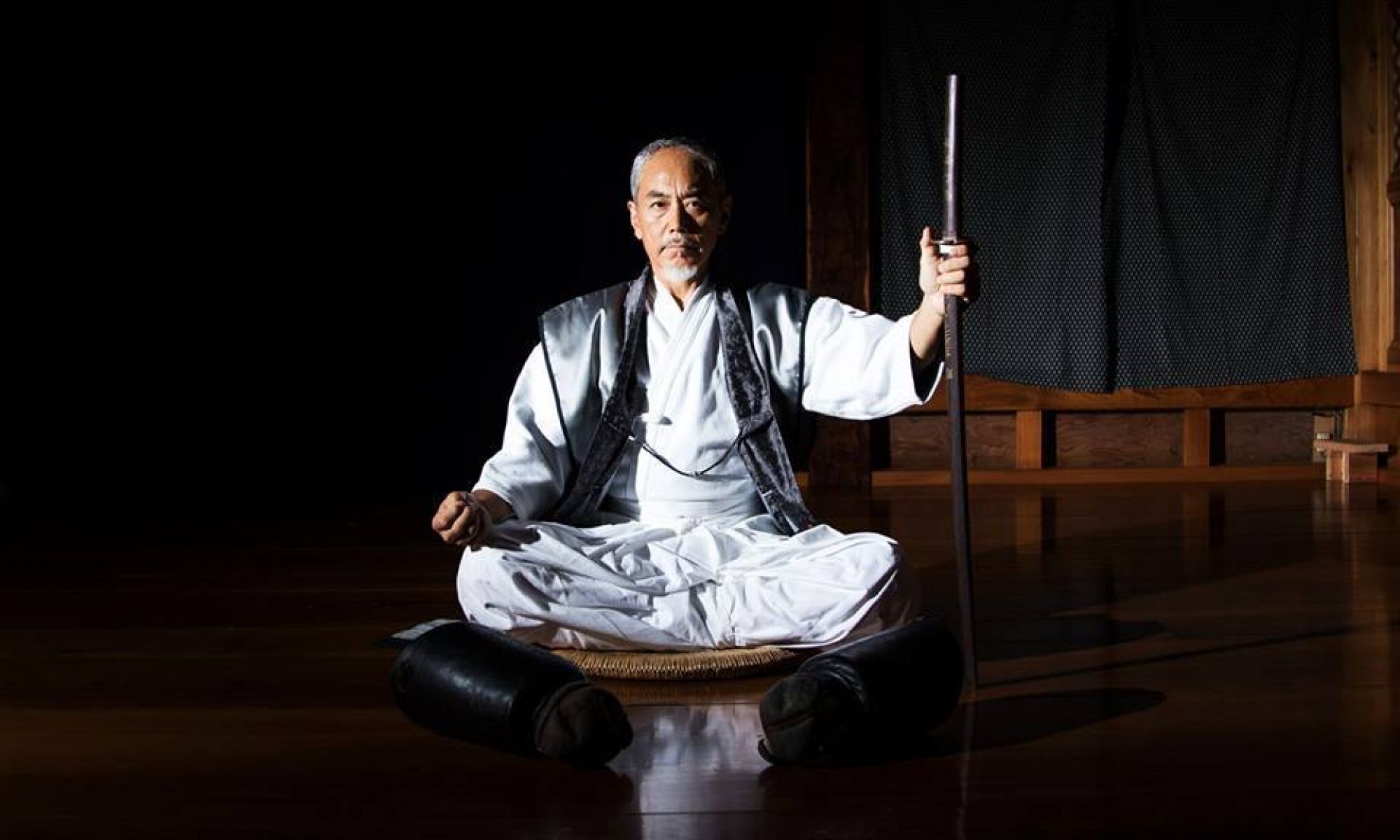A true purpose and quality of martial art discipline – Budo
A purpose to train in a martial art discipline… is to strengthen oneself. But what does that really mean? We should not draw a quick conclusion on the meaning of strength. True strength is not a physical attribute to defeat opponents in combat, but rather a quality to overcome difficulties in our life itself.
The strength sought by the past Samurai warriors, was the strength to overcome fear of death.
This typically appears in “Hagakure” as the concept of Bushido
- A practical and spiritual guide for a warrior, drawn from a collection of commentaries by the clerk Yamamoto
Tsunetomo from the Kyushu Saga (Nabeshima) clan during the latter 17 th century “Bushido, The Way of the Samurai is found in death.
In another words, if you are afraid of death, you cannot claim to be a samurai warrior.
Death should not be a result from an act of desperation. Rather it should be met with honor by understanding ones true thoughts and value in life.
However, even so “Death” stays the most ominous fear for any individual(s).
Thus during the old days in Japan, such strength to overcome that fear was achieved thru the intense practice of fencing (Kenjutsu) disciplines.
Because “true” strength was achieved by practicing the way of the sword (Katana), the sword also became considered as the “the spirit of a samurai”.
Unfortunately, few people remain today who understand such wonderful value inherent in the training of martial arts – Budo.
